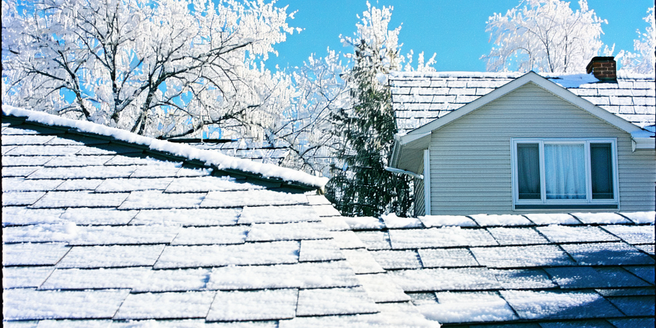
Understanding Roof Load and Stress Factors
Roof load and stress factors are crucial components in ensuring the longevity and stability of roofing structures. Various elements like snow, rain, wind, and even the weight of the roofing materials contribute to this load. Understanding how these factors interact helps homeowners and builders design and maintain roofs that can withstand not only static pressure but also dynamic forces. Proper knowledge of stress distribution can prevent structural failures that might otherwise lead to costly repairs or even dangerous situations. Regular assessments and adjustments can help in adapting roofs to changing environmental patterns, ensuring that the structure remains sound through seasonal variations.
Choosing the Right Materials for Durability
Selecting the appropriate materials for roofing is fundamental to ensuring durability and longevity. Each type of material, from traditional asphalt shingles to modern metal panels, offers unique benefits and challenges. Factors like climate, budget, and the architectural style of the building influence material choice. For example, metal roofs might offer superior durability and wind resistance but may come at a higher initial cost compared to shingles. Understanding these trade-offs allows homeowners to select materials that balance cost-effectiveness with the need for long-term performance. Sustainable materials like recycled shingles or cool roofing can also contribute to energy efficiency while enhancing durability.
Innovative Techniques in Roofing Reinforcement
Advancements in roofing technology have led to innovative reinforcement techniques that significantly enhance roof strength. These include the use of synthetic underlayments that offer superior moisture protection and reinforced trusses that improve load-bearing capacity. Additionally, the use of advanced fastening systems can prevent shingle uplift during high winds, adding an extra layer of security. Techniques like spray foam insulation, which provides additional support and energy efficiency, are becoming popular. By integrating these innovations, modern roofs can be more resilient to natural forces, reducing the frequency of maintenance and extending the overall lifespan of the roof structure.
The Role of Professional Inspection and Assessment
Professional inspection and assessment play a critical role in maintaining a roof’s integrity. Experts can identify potential weaknesses and damage that may not be apparent to the untrained eye. Regular inspections, ideally conducted annually, can detect issues like water ingress, material deterioration, or structural deformities early, allowing for timely repairs that can prevent more severe damage. Professionals can also recommend specific maintenance practices tailored to the type of roofing material and the specific environmental challenges faced. Engaging with professionals ensures that any intervention is correctly executed, maintaining safety and compliance with relevant building codes.
Cost-Effective Solutions for Roof Strengthening
Strengthening a roof doesn’t always have to be costly. Various cost-effective solutions can be implemented to enhance a roof’s resilience without breaking the bank. Increasing attic ventilation, adding insulation, or opting for roof coatings can boost durability. For instance, using high-quality materials in strategic areas can further extend the roof’s lifespan. A DIY approach to minor repairs, such as sealing small leaks or replacing damaged shingles, can also save money. Implementing regular maintenance routines can prevent small issues from escalating into significant problems, reducing repair costs over time. By adopting strategic, budget-friendly practices, homeowners can maintain robust roofing systems while keeping expenses under control.
Safety Measures and Regulations to Consider
Adhering to safety measures and regulations is paramount when undertaking roof strengthening projects. Understanding local building codes and regulations ensures compliance and prevents legal issues. Safety measures include using proper personal protective equipment (PPE) and securing work areas to prevent accidents. Utilizing scaffolding and harnesses can reduce the risk of falls during repairs or installations. Additionally, hiring certified professionals who meet the industry’s safety standards can mitigate risks associated with inexperienced workmanship. Staying informed about the latest safety regulations helps in creating a secure environment for both workers and homeowners, ensuring that all roofing activities are conducted safely.
